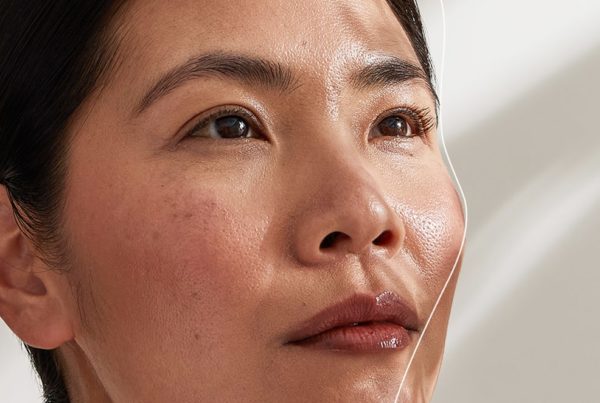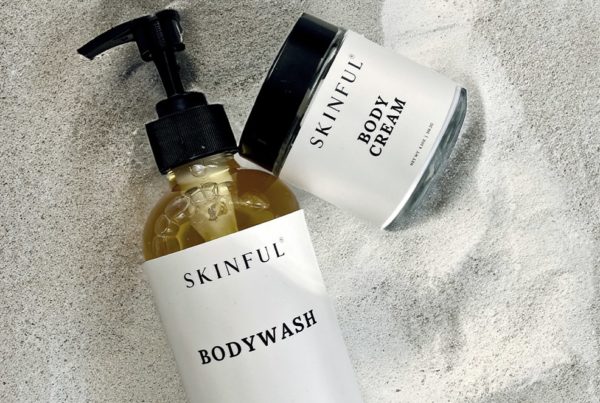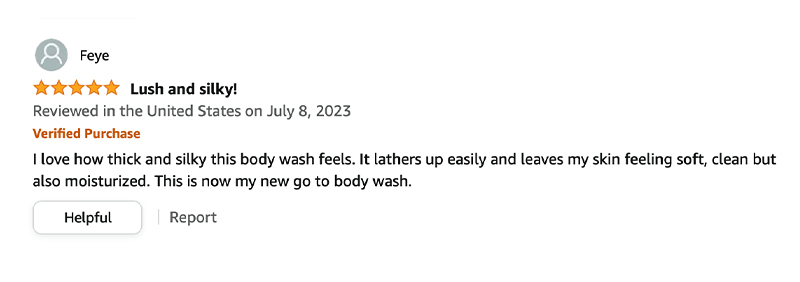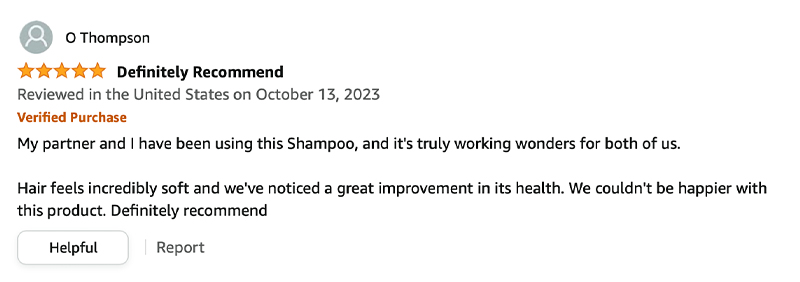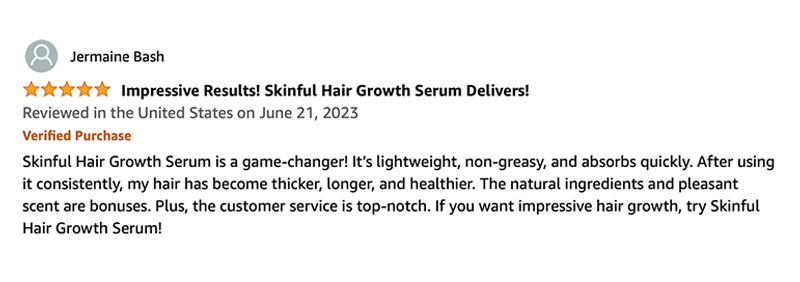
Exploring new skincare goodies is a fun adventure, but let’s keep it safe and enjoyable! Our skin can sometimes be picky, especially with the variety of ingredients in products. That’s why trying a patch test before diving into full-face application is a must-do. It’s like a mini trial that helps us dodge any potential skin mishaps.
In this read, we’ll chat about the importance of patch testing, those sneaky ingredients that might trigger skin sensitivities, ways to spot a reaction, and some handy tips to steer clear of skin allergies. It’s all about keeping your skincare routine friendly and tailored to your sensitive skin’s needs. Let’s dive in and make sure your skincare journey is as smooth as possible with sensitive skin products!
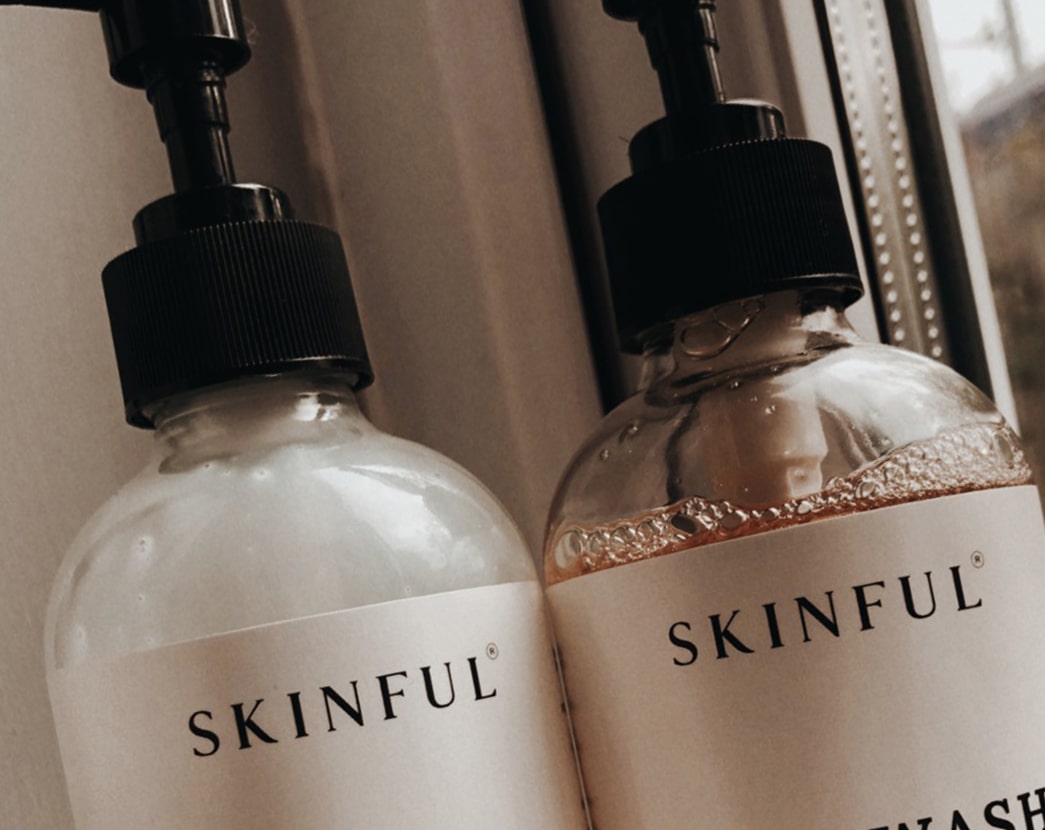
Patch testing – why and how?
Testing a product before full application is a wise move, especially for sensitive skin products. This simple trial, known as patch testing, involves applying a small amount of the skincare item to a tiny skin area for about 24-48 hours to check for any unwelcome reactions. Remember, what works wonders for one person might not be as friendly to your skin. Everyone’s skin is unique, and skincare isn’t a one-size-fits-all deal.
To patch test, try a small dab of the product on a less sensitive area, like your forehead or behind the ear. Let it sit for 24-48 hours without disturbing it—no washing, rubbing, or touching. Covering it with a band-aid or gauze can prevent accidental contact during this testing phase. This cautious step can help you determine if the product is safe for your sensitive skin needs, avoiding any potential adverse reactions.
The benefits of patch testing
Patch testing offers numerous advantages, including:
- Preventing Adverse Reactions: By conducting patch tests, you can steer clear of potential adverse reactions triggered by skincare products, safeguarding your skin’s health and comfort.
- Economical Approach: It helps save money by preventing wastage on products that may not suit your skin, allowing you to invest wisely in products that work best for your skin type.
- Personalized Skincare: Through patch testing, you can identify and choose products that specifically cater to your skin type, ensuring a tailored and effective skincare routine.
Embracing patch testing as part of your skincare exploration not only protects your skin from unwelcome reactions but also aids in smart and personalized product selection, making your skincare routine more efficient and enjoyable
Step-by-step guide
- Choose a Spot: Select a less sensitive area.
- Apply & Wait: Put a small amount on; wait 24-48 hours.
- Check for Reactions: Look for redness, itching, rashes, etc.
- No Reactions? Safe to Use: If no reaction, it’s likely safe.
- Reactions? Stop & Seek Help: If reactions occur, stop using and consult a dermatologist.
By following these simple steps, you can methodically test new skincare products, ensuring that they suit your skin and avoiding any potential adverse reactions. Your skin’s health and comfort are top priority!
Ingredients that can cause allergic reactions
In the realm of sensitive skin products, it’s vital to watch out for certain ingredients that can stir up skin sensitivities. Ingredients like fragrances, preservatives, and specific plant extracts have the potential to provoke allergic reactions, causing irritation to the skin. Among the notorious culprits for skin allergies are familiar components such as
- Fragrances
- Parabens
- Formaldehydes
- Benzophenones
- Lanolin
- Methylchloroisothiazolinone
- Nickel
Protecting your skin involves a proactive approach. Before buying a product, take a peek at the ingredient list to spot any potential triggers. Additionally, conducting a patch test prior to full usage is a smart move to steer clear of potential skin allergies. By staying informed and cautious, you can keep your skin happy and comfortable with the right sensitive skin products.

How to tell if you’re having an allergic reaction
Experiencing an allergic reaction from a skincare product can show up in various ways, such as redness, itching, rashes, or a burning sensation. These symptoms can vary in intensity, appearing right away or after multiple uses. It’s crucial to pause using the product immediately if you notice any of these signs and seek advice from a dermatologist for proper guidance and care. Your skin’s comfort and health matter, so taking quick action can make a big difference in managing any potential reactions.
Other tips for avoiding skin allergies
- Opt for Simplicity: Steer clear of products containing multiple fragrances or unfamiliar ingredients. Simplifying your skincare routine can help reduce the risk of triggering allergies.
- Check Expiry Dates: Avoid using expired products, as their efficacy might diminish, increasing the likelihood of adverse reactions.
- Consult Before Mixing: Prior to blending different skincare products, seek guidance from a dermatologist. Mixing certain ingredients may lead to unexpected skin reactions.
- Sun Protection: Shield your skin by wearing protective clothing and applying sunscreen when outdoors to prevent sunburn, which can potentially aggravate skin sensitivity and allergies.
By incorporating these simple yet effective practices into your skincare regimen, you can proactively protect your skin from potential allergens and maintain its health and comfort.
In wrapping up, patch testing stands as a vital checkpoint when venturing into the world of sensitive skin products. It’s your guardian angel, safeguarding against any unwelcome skin reactions. Equipped with knowledge about allergic triggers, recognizing symptoms, and armed with savvy tips to sidestep skin allergies, you’ve got the power to shield yourself from potential mishaps.
Always remember this golden rule: Patch test before diving into any new sensitive skin product adventure. It’s your personalized safety net, ensuring that what you use is truly skin-friendly and safe for your unique needs. Stay savvy, stay glowing!




